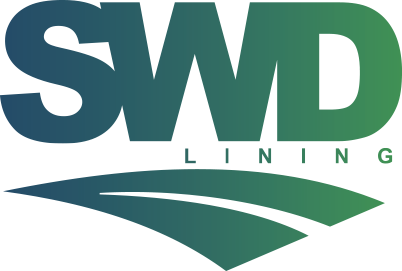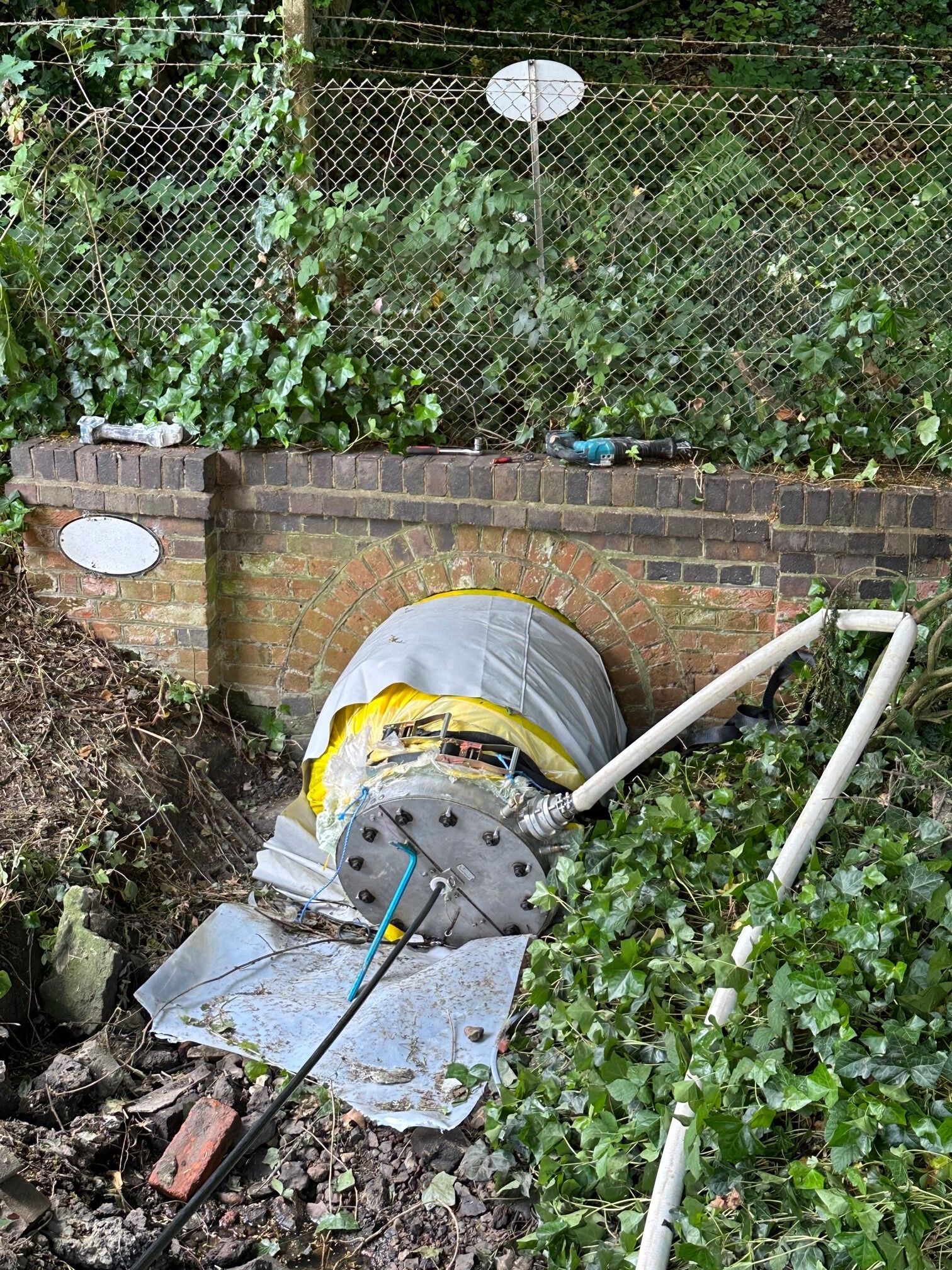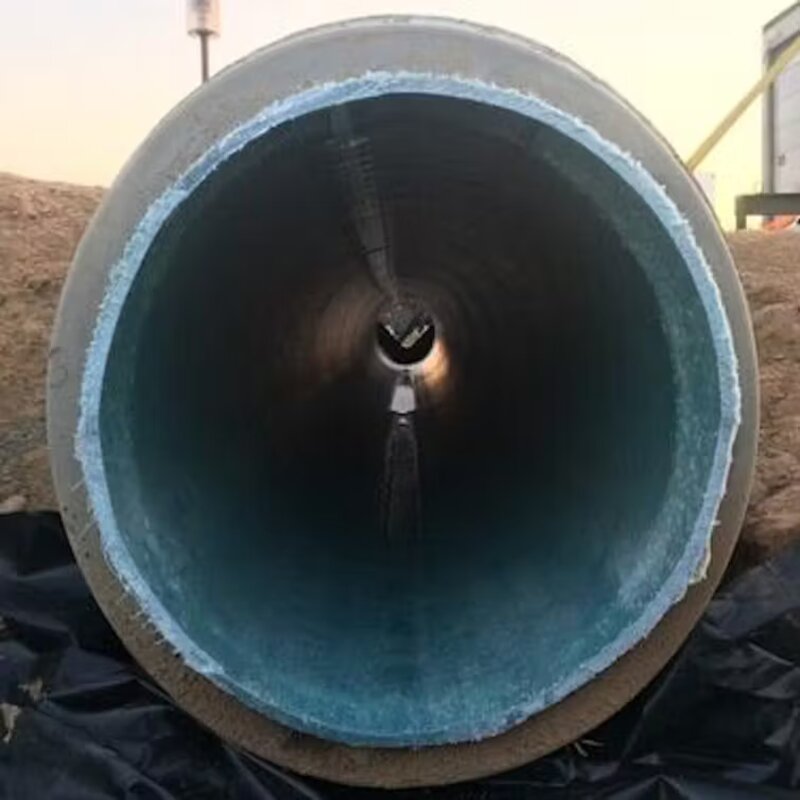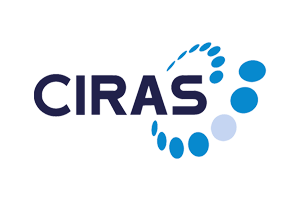Sewer and Stormwater Pipelines
CIPP lining is widely used in municipal and industrial applications to rehabilitate deteriorated or damaged sewer and stormwater pipelines. It can address issues like cracks, corrosion, infiltration, and exfiltration.
Potable Water Pipelines
In some cases, CIPP lining can be used to rehabilitate potable (drinking) water pipelines. Special considerations and materials must be used to ensure the liner is safe for contact with drinking water.
Industrial Pipelines
CIPP lining is applied in various industrial settings, including chemical plants, refineries, and manufacturing facilities, to repair and upgrade process pipelines.
Gas Pipelines
For non-pressurized or low-pressure gas pipelines, CIPP lining can be used to rehabilitate sections with structural issues or damage.
Trenchless Culvert Rehabilitation
Culverts, which are often used to manage water flow under roads and highways, can be rehabilitated using CIPP lining systems to extend their lifespan and maintain proper functionality.
Residential and Commercial Plumbing
CIPP lining is used in plumbing applications to repair damaged or deteriorated pipes within residential and commercial buildings, including sewer and drain lines.
Infrastructure Repair and Upgrades
CIPP lining can be used to extend the life of aging infrastructure, such as bridges and tunnels, by repairing or reinforcing drainage systems.
Petrochemical and Chemical Plants
In industrial settings, particularly petrochemical and chemical plants, CIPP lining is used to rehabilitate and maintain pipelines carrying various fluids and chemicals.
Wastewater Treatment Plants
CIPP lining is employed to rehabilitate pipelines within wastewater treatment plants, helping to maintain proper sewage and effluent transport.
Mining and Quarry Operations
– In mining and quarrying operations, CIPP lining can be used to repair and reinforce underground pipelines used for the transport of minerals, water, and other materials.
CIPP lining is valued for its ability to minimise disruption to traffic and surrounding areas since it doesn’t require extensive excavation. It’s an efficient method for rehabilitating pipelines, extending their lifespan, and reducing the overall cost of maintenance and repair. Specific applications and the materials used in CIPP lining may vary depending on the type of pipeline and its intended use.





